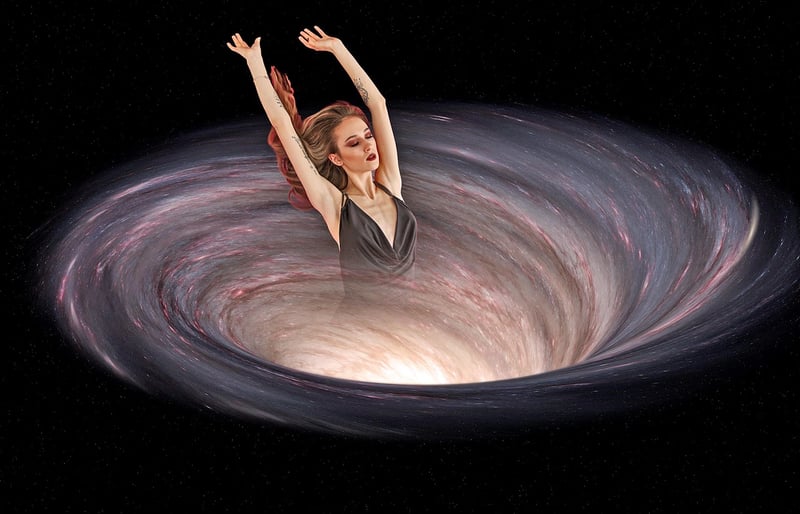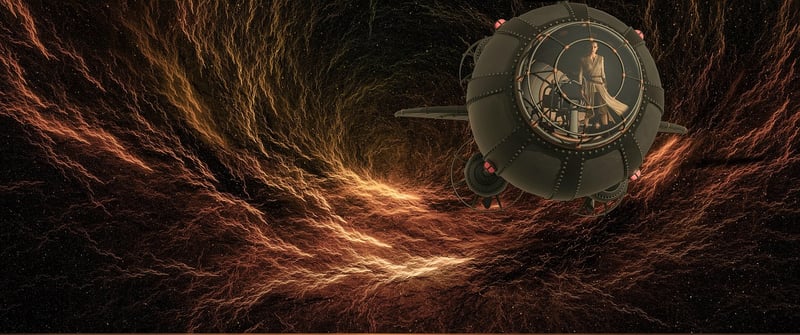Wormholes
The Science Behind Wormholes
Wormholes, also known as Einstein-Rosen bridges, are fascinating hypothetical concepts in physics that have captured the imagination of scientists and science fiction enthusiasts alike. These theoretical passages through spacetime offer potential shortcuts for travel across vast distances and time, but what does science have to say about them?
What are Wormholes?
Wormholes are theoretical tunnels in spacetime that connect two separate points in the universe. Imagine folding a piece of paper so that two distant points touch, creating a shortcut between them. This bending of spacetime could, in theory, allow for faster-than-light travel or even time travel.
The Einstein-Rosen Bridge
The concept of wormholes was first theorized by physicist Albert Einstein and mathematician Nathan Rosen in 1935 as part of the theory of general relativity. They proposed the existence of bridges through spacetime, but these structures remain purely theoretical and have not been observed in the universe.
Wormholes in Science Fiction
Wormholes have been popularized in science fiction as portals for interstellar travel in series like Star Trek and Stargate. While these depictions often take creative liberties, they showcase the intrigue and possibilities associated with these exotic phenomena.
The Challenges
Despite their allure, wormholes pose significant challenges. Theoretically, traversing a wormhole would require exotic matter with negative energy density to stabilize its structure and prevent it from collapsing. Additionally, the extreme gravitational forces near a wormhole's entrance could be catastrophic.
Conclusion
While wormholes remain firmly in the realm of theory, they continue to spark scientific exploration and inspire creativity in popular culture. As our understanding of the universe deepens, who knows what secrets these cosmic shortcuts may one day reveal.

Explore more about wormholes and their implications in the field of astrophysics here.
